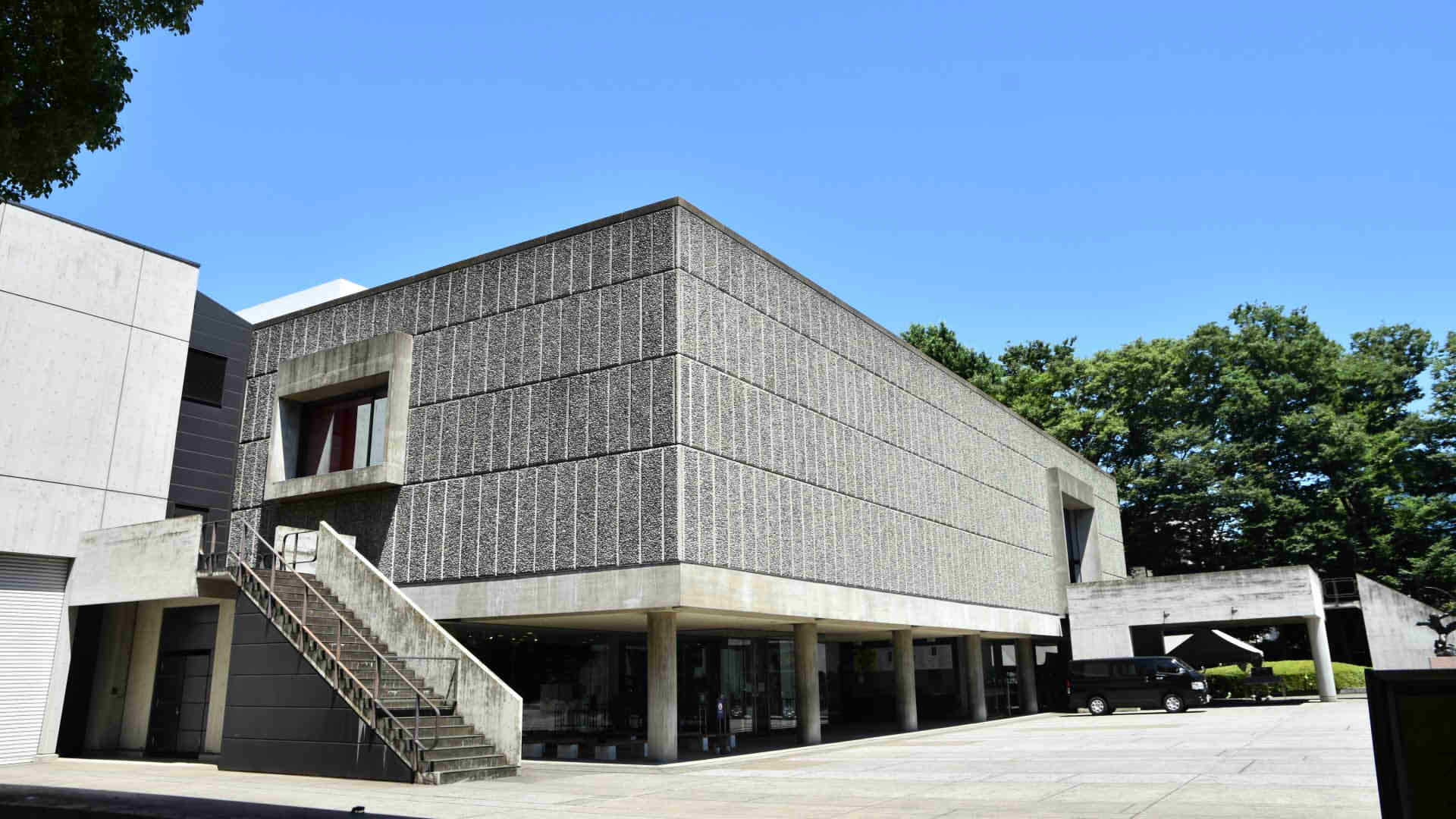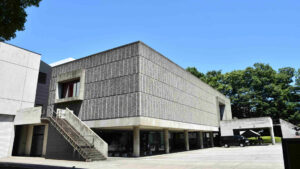
The Architectural Work of Le Corbusier, an Outstanding Contribution to the Modern Movement, is a UNESCO World Heritage site that recognizes the contribution of Swiss-French architect Charles-Édouard Jeanneret, better known as Le Corbusier, to the development of modern architecture.
This site comprises 17 buildings across seven countries designed by Le Corbusier, reflecting his architectural, urban planning, and design philosophies. These buildings, spanning from the early 1920s to the late 1960s, encompass various types, including private homes, public housing, cultural centers, and government buildings.
Le Corbusier’s work was characterized by his commitment to functionalism, the use of modern materials and construction methods, and his belief in the importance of creating buildings and cities that were responsive to the needs of the people who lived and worked in them. The 17 buildings inscribed on the World Heritage List demonstrate the evolution of his ideas over time and reflect his belief that architecture could improve people’s lives by creating functional, efficient, and beautiful buildings and cities.
These buildings are located in France, Switzerland, Germany, Argentina, India, Japan, and Belgium. They include well-known buildings such as the Villa Savoye, the Unité d’Habitation, and the Chapel of Notre Dame du Haut, as well as lesser-known works such as the Curutchet House and the Capitol Complex in Chandigarh, India.
In 2016, The Architectural Work of Le Corbusier, an Outstanding Contribution to the Modern Movement, was inscribed on the UNESCO World Heritage List as a cultural property, recognizing the exceptional universal value of Le Corbusier’s work and its contribution to the development of modern architecture.
From the perspective of Japan’s World Heritage, Le Corbusier significantly influenced Japanese architects Kunio Maekawa, Junzo Sakakura, and Takamasa Yoshizaka, contributing to the development of modern architecture in Japan. Buildings designed by these architects, such as the Tokyo Bunka Kaikan and the National Museum of Western Art, reflect Le Corbusier’s ideas and brought innovation to the Japanese architectural world. In particular, the National Museum of Western Art is the only building in Japan designed by Le Corbusier and was completed with the cooperation of his three disciples: Maekawa, Sakakura, and Yoshizaka. This museum, designed with the concept of an “infinite growth museum,” features a spatial composition that allows visitors to freely choose their viewing routes while enjoying dialogue with the artworks. Additionally, the museum incorporates Le Corbusier’s architectural features, such as pilotis, rooftop gardens, and natural light utilization.
The inscription of the National Museum of Western Art on this World Heritage List in 2016 internationally recognized its architectural value. This not only signifies a significant achievement in modern Japanese architecture but also demonstrates the profound impact of Le Corbusier’s architectural philosophy on the world.
Components

